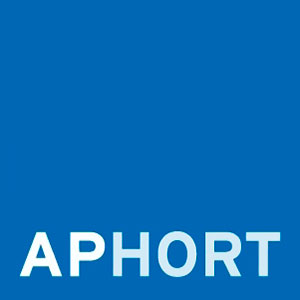Discover Porto
Vinho do Porto
Port wine (also known as Vinho do Porto, and usually simply port) is a Portuguese fortified wine produced in the Douro Valley in the north of Portugal. It is typically a sweet, red wine, often served as a dessert wine.
Fortified wines in the style of port are also produced outside Portugal but, under European Union Protected Designation of Origin guidelines, only the product from Portugal may be labelled as port. In the United States, wines labelled "port" may come from anywhere in the world, while the names "Dão", "Oporto", "Porto", and "Vinho do Porto" have been recognized as foreign, non-generic names for wines originating in Portugal.
Porto's History
Historic references to the city go back to the 4th century and to Roman times. In the Roman period the city developed its importance as a commercial port, primarily in the trade between Lisbon and Braga, but would fall under the Moorish Muslim invasion of the Iberian Peninsula in 711. In 868, Vímara Peres, a Christian warlord from Gallaecia and a vassal of the King of Asturias, Léon and Galicia, Alfonso III, was sent to reconquer and secure from the Moors the area from the Minho River to the Douro River, including the city of Portus Cale, later Porto and Gaia, from where the name and political entity of Portugal emerged. In 868 Count Vímara Peres established the County of Portugal (Condado de Portucale), after the reconquest of the region north of the Douro river.





